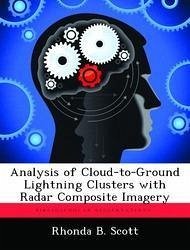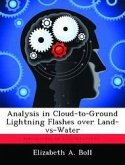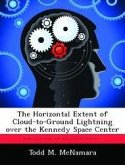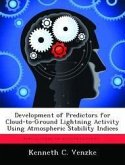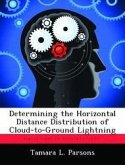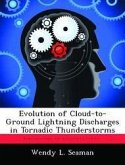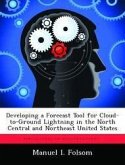The horizontal distance that cloud-to-ground lightning travels is an area of research interest for both military and civilian installations. The most recent research conducted at the Air Force Institute of Technology involved studying a large volume of lightning data without coupling radar imagery (Parsons 2000). Parsons finding could not be acted on because no individual storms were studied. The primary goal of this research is to determine whether the techniques used by Parsons can be applied to storms by examining the radar imagery and lightning data. This research used the methodology applied to lightning data by Parsons and radar imagery to determine whether the location of lightning clusters were located near storms. A composite reflectivity radar image was generated and the lightning data for the corresponding time was plotted to determine if lightning clusters corresponded to storm coverage area. After a visual analysis of the radar and lightning cluster plots was conducted, the percentage of lightning clusters found in each radar image was calculated. In general most of the lightning clusters were found along the edges of the composite reflectivity.

